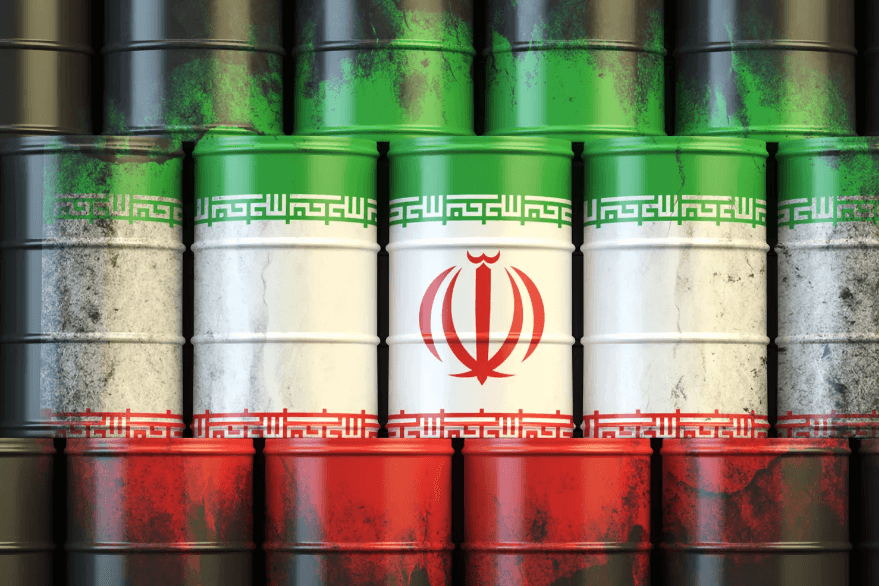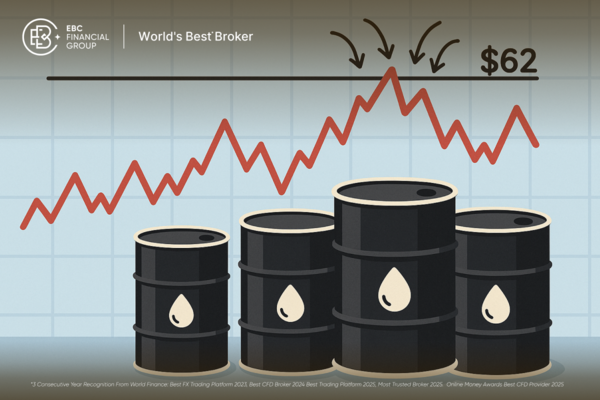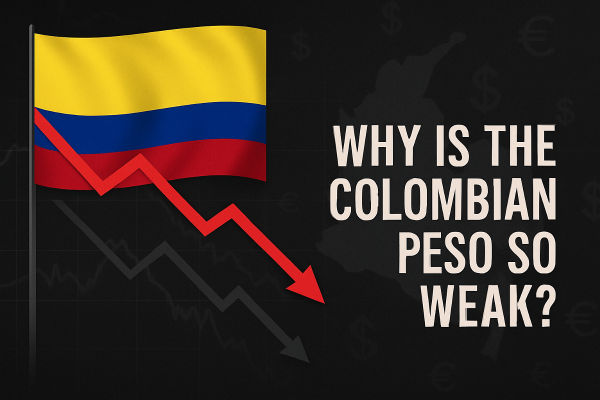The development process of 40 years of Crude Oil history is full of political
cycles, debates over new and old energy sources, and fluctuations in
international relations. This seems to be a recurring story, not a new topic.
The bipartisan system in the United States has experienced continuous
fluctuations in energy and geopolitics, which has had a cyclical impact on oil
prices.

1、 Reagan and Bush Era: Common Enemy Promotes the US saudi arabia
Alliance
In the 1980s, American politics underwent a series of changes. The Iranian
revolution and oil crisis led Reagan to win over Carter as president. This
period marked the transition of the United States from a defensive to an
offensive position, attempting to counter the Soviet Union by expanding
alliances. The Iran-Iraq War and the Soviet invasion of Afghanistan posed a
threat to Saudi Arabia, and the Reagan administration actively sought to win
over Saudi Arabia and established special relations. This includes large-scale
military sales, support for anti-Soviet activities, and deep cooperation in
intelligence and financial management.
In the mid-1980s, Saudi Arabia suddenly announced an increase in production,
leading to a significant drop in oil prices from over $30 barrels to around $10
barrels. Although it may seem like Saudi Arabia's retaliation against other OPEC
members on the surface, from an economic perspective, this does not seem like a
wise decision. Saudi Arabia's increase in production has also had an impact on
its own finances, but the cooperation between the United States and Saudi Arabia
in anti-Soviet areas has led to the flourishing of this special
relationship.
2、 Clinton Era: Climate Politics and Middle East Ease
During the period from 1993 to 2000, the Clinton administration took office,
and there were changes in US policy. Climate politics emerged, and the Clinton
administration took environmental measures and signed the Kyoto Protocol. The
Middle East policy has also undergone a shift, abandoning Bush's dual
containment policy and adopting a moderation strategy towards Iraq and Iran,
which has led to Saudi Arabia's dissatisfaction with US policies.
In 1999, OPEC reached the strictest production reduction agreement in 13
years, and oil prices began to rise, becoming a controversial topic in the US
election. The Clinton administration attempted to influence Saudi Arabia's
production increase but was unsuccessful. Finally, the rise in oil prices led to
the bursting of the technology bubble and the recession of the US economy.
3、 A New Era: The Iraq War and the Weak Dollar
From 2001 to 2008, the United States underwent a series of policy and
economic changes. Diplomatically, the US invasion of Iraq has raised doubts
about US-Saudi relations. The Iraq war has caused harm to US-Saudi relations.
Saudi Arabia hopes that Iraq will only replace Saddam rather than overthrow and
rebuild the country, but the actions of the US government have caused unease in
Saudi Arabia.
During this period, Saudi Arabia proposed to reduce production in exchange
for Russia abandoning its support for Syria, but it was rejected. With the
election of moderate Iranian leader Khatami as Iran's president, the US
government has also attempted to engage in dialogue with Iran. But during this
period, the US government chose not to interfere, neither maintaining order nor
supporting allies' self-help actions.
The US government attempted to boost the economy by lowering interest rates
and relaxing financial regulation, especially by relaxing the authority of
international investment banks to engage in commodity trading in 2008, which led
to a significant increase in oil prices from 2003 to 2008.
4、 Obama era: shale oil revolution and estrangement of US-Saudi relations
During the Obama era, a new opportunity appeared in the development process
of 40 years of crude oil history. After Obama took office, the United States
continued to promote the green agenda, but the shale oil industry achieved great
success without government intervention. Shale oil production has significantly
increased, and the United States' dependence on foreign oil has begun to
significantly decrease. The Obama administration's energy policy has also
gradually become pragmatic.
The Obama administration has adopted a chaotic attitude towards Middle East
policy. He attempted to end the Iraq War and reconcile with Iran, but also
contributed to the Arab Spring, leading to the downfall of his ally Mubarak and
causing dissatisfaction in Saudi Arabia. During this period, Iran began to
expand its influence, leading to the formation of two major camps in the Middle
East once again.
5、 Trump and Biden era: the Opec era and the big restart of COVID-19
The Trump administration has adopted different policies, withdrawing from the
Paris climate agreement, opposing green policies, and continuing to develop the
shale oil industry. The Trump administration has also strengthened its stance
towards Iran but has expressed support for Saudi Arabia. However, the Trump
administration's foreign policy is also full of uncertainty and often changes
its stance.
With the outbreak of the COVID-19 pandemic, oil prices fell sharply, and
Saudi Arabia and Russia broke out in an oil price war. This battle forced the US
government to take action, and the Trump administration successfully negotiated
a production reduction agreement between Saudi Arabia and Russia to support the
return of oil prices to balance.
After the Biden administration took office, it continued to support green
policies but also attempted to establish a more pragmatic relationship with
Saudi Arabia. The Biden administration announced that it would withdraw US
troops with the support of Saudi Arabia, ending US military intervention in
Yemen. This is seen as a concession to improve relations with Saudi Arabia.
The US-Saudi Arabian relationship has experienced multiple fluctuations in
its 40-year history of crude oil development, mainly influenced by politics,
geopolitics, and energy policies. These changes in the relationship are usually
accompanied by fluctuations in oil prices and energy markets.
Disclaimer: This material is for general information purposes only and is not intended as (and should not be considered to be) financial, investment or other advice on which reliance should be placed. No opinion given in the material constitutes a recommendation by EBC or the author that any particular investment, security, transaction or investment strategy is suitable for any specific person.



























